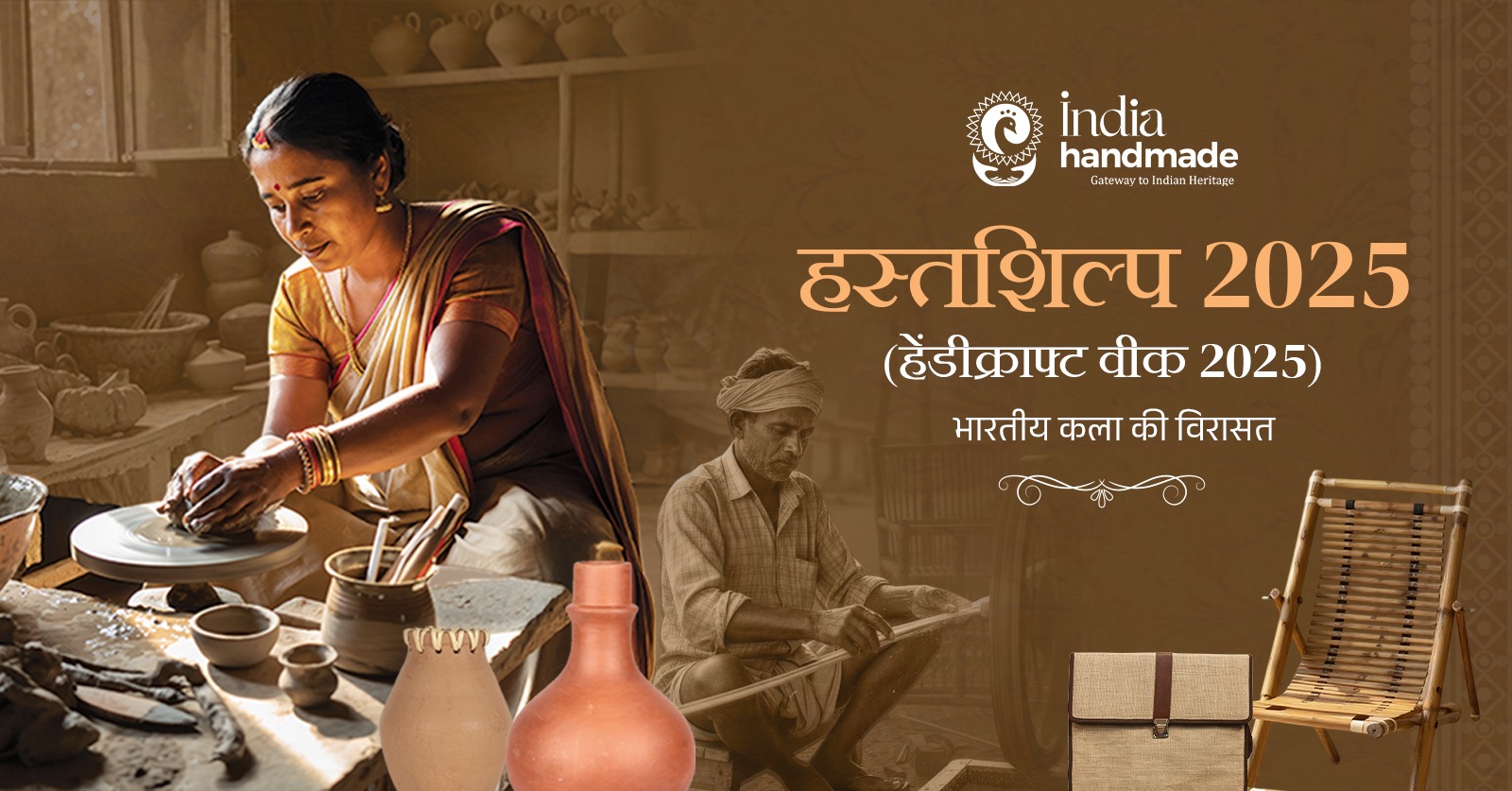
India has a rich cultural legacy that is shown in its monuments, folklore, and the generation-after-generation agricultural and traditional artisan goods. India is known for its exquisite handcrafted products, which range from the exquisite needlework of Pashmina shawls from Kashmir to the unique taste of Darjeeling tea. However, the genuineness of these crafts and goods is continuously under jeopardy due to globalization and the spread of imitations. Herein lies the use of Geographical Indications (GI) tags, which act as a safeguard and a mark of authenticity for the traditional crafts and goods of India.
The Concept of GI Tags
An intellectual property right known as a Geographical Indication (GI) tag identifies a product as coming from a certain location and bearing traits, reputations, or attributes unique to that locality. A product needs to fulfill specific requirements that connect it to its place of origin—a town, region, or village—in order to be given a GI tag.
The Geographical Indications of Goods (Registration and Protection) Act, 1999 governs the issuance of GI tags in India. By preventing others from adopting the same name for counterfeit goods, this regulation gives producers and artisans legal protection for their wares. By doing this, GI tags support local communities' economic development in addition to aiding in the preservation of traditional crafts' cultural legacy.
The Importance of GI Tags in India
India's wide range of traditional goods and crafts are not only commercial items but also representations of the nation's rich cultural diversity. These crafts, which range from the Warli paintings of Maharashtra to the Kancheepuram silk sarees of Tamil Nadu, are the outcome of decades of skill that have been passed down through the generations. By identifying and safeguarding these products' distinctive characteristics, the GI tag makes sure that these customs are upheld.
The financial advantage that GI tagging provides to regional farmers and craftspeople is among its most important effects. Goods bearing GI tags frequently command greater prices in both local and foreign marketplaces. Communities that have been making these crafts for decades yet are frequently stigmatized or economically challenged benefit greatly from this much-needed revenue. GI tags also contribute to the preservation of customary methods that could otherwise be lost to commercialization or mechanization.

Protecting Authenticity Amidst Globalization
International markets for Indian handicrafts and goods have expanded due to globalization, but imitations and counterfeit goods have also proliferated. Traditional products are flooded with lower-cost, mass-produced alternatives that frequently disregard the original manufacturing methods or the cultural importance of the items.
For example, there are many fakes of Pashmina shawls, a high-end item that is handcrafted in Kashmir, made in other places with less expensive materials. By guaranteeing that only products manufactured from premium cashmere wool in the Kashmir Valley are eligible to use the Pashmina label, the GI tag for Pashmina helps preserve the authenticity of the original product. This not only shields customers from fraud but also preserves the means of subsistence for Kashmiri craftsmen who have spent decades honing their craft.
Darjeeling tea, which is sometimes called the "Champagne of teas," is another item that has problems with counterfeiting. With the GI tag, only tea produced in the Darjeeling area using particular techniques is permitted to be marketed as Darjeeling tea. By doing this, the product's reputation is preserved and customers are protected from being duped by less expensive but subpar substitutes.
Challenges in Implementation
Although GI tags have shown to be a useful instrument for safeguarding authenticity, there are certain obstacles in the way of their use in India. The ignorance of producers and customers regarding the importance of GI tags is one of the main issues. It's possible that many farmers and craftspeople in rural areas are unaware of the benefits of having a GI tag on their products or how to apply for one. Furthermore, it might be challenging to make sure that a GI tag is respected and enforced in the market, even after one has been obtained.
The exorbitant expense and administrative obstacles associated with acquiring and preserving a GI tag present another difficulty. To establish the product's connection to its place of origin, a substantial amount of documentation is needed, which might make the procedure laborious. Small-scale producers may find this to be a hurdle because they lack the means to deal with the legal and administrative requirements.
Furthermore, fake goods can still make their it onto the market even with a GI tag. Governments, trade associations, and the producers themselves must work together to police the use of GI tags, especially in global marketplaces. This conflict can be intricate and never-ending.
The Role of Government and International Organizations
The Indian government has launched a number of campaigns to safeguard and market goods with GI labels. Artists and farmers can apply for GI tags and market their products in both domestic and foreign markets with the financial assistance of various government schemes. Additionally, groups like the Agricultural and Processed Food Products Export Development Authority (APEDA) and the Export Promotion Council for Handicrafts (EPCH) are essential in promoting GI-tagged goods at international trade shows and exhibitions.
Global institutions such as the World Intellectual Property Organization (WIPO) also strive to increase public knowledge of the significance of Geographical Indication (GI) tags and offer venues for nations to safeguard their distinctive goods on a worldwide scale. International cooperation is becoming more crucial as e-commerce expands in order to stop the online sale of fake goods.
The Future of GI Tags in India
It appears that GI-tagged items have a bright future in India, but everyone involved—consumers, government agencies, farmers, and artisans—must work together to make this happen. To ensure that this project is successful, it is imperative that the importance of GI tags be made more widely known, the application procedure be made simpler, and strong enforcement mechanisms be put in place.
GI tags can be an effective strategy in protecting India's cultural legacy and generating income for nearby people as the demand for genuine, high-quality goods rises on a worldwide scale. Customers who support GI-tagged products not only get to enjoy the best traditional crafts and cuisine, but they also help to preserve India's diverse cultural heritage. Although the fight for authenticity is far from done, India is well-positioned to safeguard its traditional crafts and goods for upcoming generations because to GI labeling.
Indiahandmade: Empowering Artisans and Preserving Tradition
Indiahandmade, the Ministry of Textiles’ e-commerce initiative, plays a pivotal role in empowering artisans and ensuring that their authentic, handcrafted products reach a wider audience. By providing a platform where artisans can sell directly to consumers, Indiahandmade.com promotes the true essence of traditional crafts. As the platform evolves, plans are in place to introduce a dedicated GI products section, which will showcase certified items, further bolstering the protection of these crafts. This future addition will help both artisans and consumers by ensuring that the products purchased are genuine and carry the cultural significance that GI tags represent. Indiahandmade.com is at the forefront of this battle for authenticity, bridging the gap between tradition and modernity.





